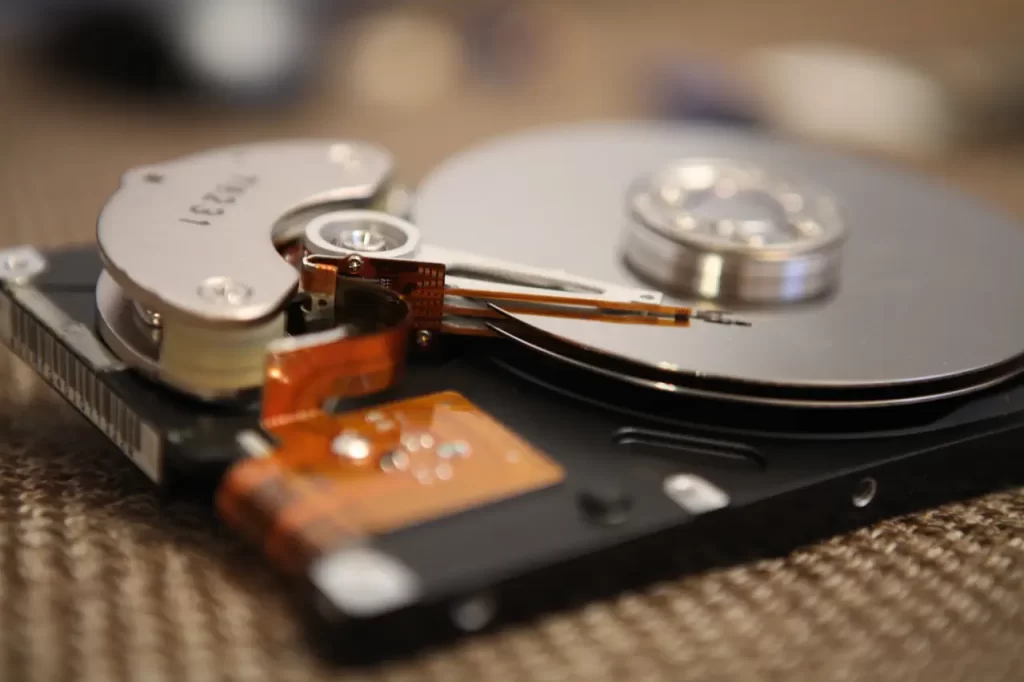Introduction to Computer Data Recovery:
Picture this: you’re sipping your sweet tea in Alpharetta, Georgia, typing computer data recovery documents faster than Speedy Gonzales, when suddenly disaster strikes – your data is gone! Fear not, fellow North Metro Atlanta residents, for we’ve got your back in this data recovery adventure. So put on your detective hats and let’s dive into this wild ride of computer data recovery!
First, the serious stuff. No, really, this is serious stuff.
Data recovery is a crucial process that involves retrieving lost, corrupted, or accidentally deleted digital information from various storage media such as hard drives, solid-state drives (SSDs), USB drives, memory cards, and more. Whether due to hardware failures, software issues, accidental deletions, or data corruption, data loss can be a distressing experience for individuals and organizations alike. However, with the right approach and tools, data recovery can often be successful, allowing users to regain access to their valuable information.
Understanding Data Loss Scenarios:
Before delving into the computer data recovery process, it is essential to recognize the common scenarios that lead to data loss:
- Hardware Failures:
These include issues like a malfunctioning hard drive, bad sectors, or physical damage to storage media. - Human Errors:
Accidental deletion, formatting the wrong drive, or improper handling of data can result in data loss. - Software Malfunctions:
Corrupted files, operating system crashes, and malware infections may lead to inaccessible data. - Natural Disasters and Environmental Factors:
Fire, floods, power surges, and extreme temperatures can cause irreversible data loss. One fun fact. A client called to say their car had caught fire with their laptop inside. It was burnt, though not completely melted. We were able to successfully remove the hard drive and recover the data from the computer.
O.K. enough serious stuff, seriously.
Ounce of Prevention, Pound of Cure and all that Jazz:
- Back Up Your Data Regularly – Like a Hoarder Collects Junk
Listen, I ain’t judgin’, but it’s time to embrace your inner data hoarder. Back up your files more often than your Aunt Sue collects knick-knacks. Whether you’re using cloud storage or a dusty old thumb drive, just remember: you can never have too much computer data recovery backup! - Arm Yourself with Anti-Virus Weapons – Be a Digital Ninja!
Picture this: you’re a digital ninja warrior, and viruses are your arch-nemesis. Equip yourself with the most potent antivirus weapons available. Keep those pesky viruses at bay like a cowboy fending off bandits from a gold mine! - Use “Safely Remove Hardware” – Southern Charm Etiquette 101
Alright, sweetie, when it comes to disconnecting your gadgets, remember your charming manners. Always use the “Safely Remove Hardware” option – it’s like tipping your hat before moseying along. Yee-haw! - Keep Software Updated – Ain’t Nobody Got Time for Ancient Tech!
You know how your granny’s always nagging you to stay updated? Well, your software feels the same way! Keep it fresh like a newly painted barn by updating your OS and software regularly. Time to kick outdated tech to the curb! - Avoid Physical Damage – You’re Not in a Demolition Derby
Hey there, speed demon! Slow down and handle your devices like they’re Faberge eggs at a roller derby. Steer clear of spills, drops, and reckless shenanigans. No need to create a data recovery rodeo – stay in control!
Serious stuff, yeah, again:
Best Practices for Computer Data Recovery:
- Stop Writing to the Affected Drive: When data loss occurs, avoid writing new data to the affected drive. Any further write operations can overwrite the lost data, making recovery more difficult or even impossible. Disconnect the drive and refrain from any actions that might alter its contents.
- Choose Reliable Computer Data Recovery Software: For logical data recovery, select reputable and reliable data recovery software. Read reviews and ensure that the software supports the file system of your storage medium.
- Seek Professional Assistance: If you encounter physical damage or complex data loss scenarios, it’s best to seek professional data recovery services. Attempting DIY recovery on physically damaged drives may worsen the situation and reduce the chances of successful recovery.
- Use Disk Imaging: For physically damaged drives, disk imaging is a vital step. It involves creating a sector-by-sector copy of the damaged drive to work on the duplicate instead of the original, minimizing the risk of further damage.
Conclusion
Well, well, well, looks like we’ve ridden the computer data recovery roller coaster together in North Metro Atlanta! Remember, y’all, with a little humor and some good ol’ Southern charm, you can tackle data loss like a true champ. So back up your data, fend off those pesky viruses, and handle your devices with care – you’ll be the data recovery king or queen in no time! Giddy up!




Pingback: Profound Differences Between Viruses, Malware, and Ransomware